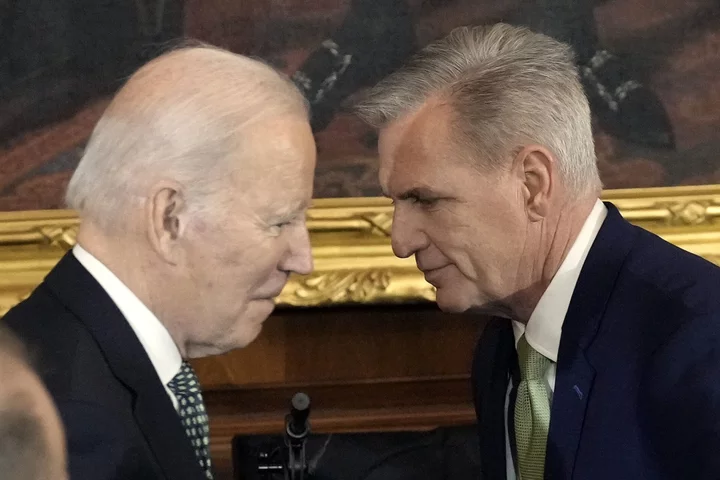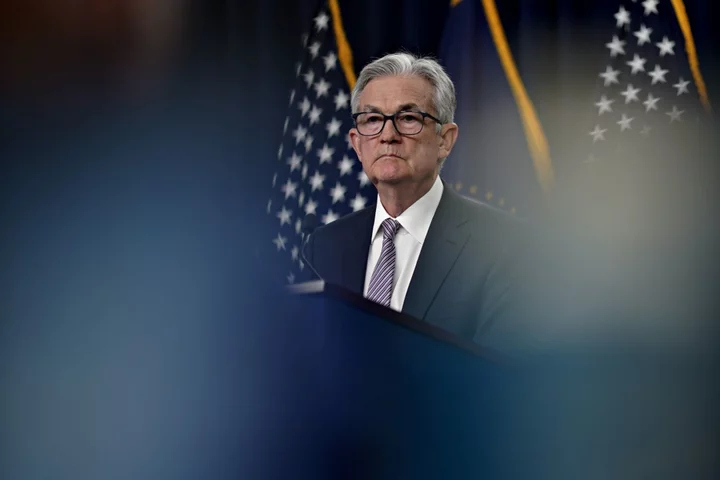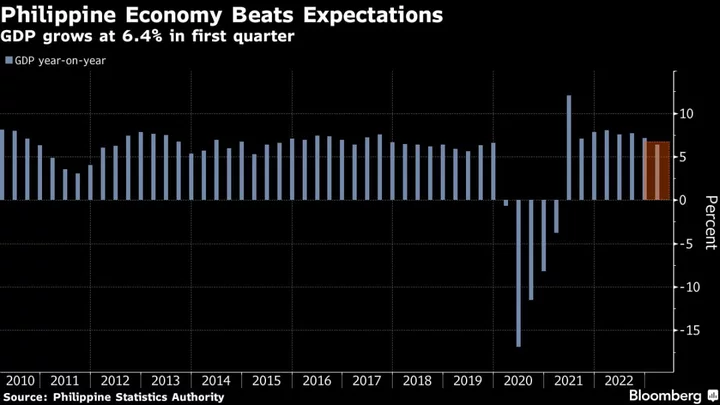Prime Minister Fumio Kishida’s cabinet is set to green light a ¥13.2 trillion ($87.5 billion) extra budget to fund his latest economic stimulus package amid concern Japan is continuing to spend above its means.
The additional budget will be partly financed by issuing ¥8.9 trillion in additional government bonds, according to documents obtained by Bloomberg. The remainder will be funded by a surplus from the previous year and a small portion of extra tax revenue and other sources. The cabinet is likely to approve the budget Friday.
The funding will cover Kishida’s latest economic stimulus measures worth more than ¥17 trillion, as support for the premier’s administration sinks to the lowest level since he took office two years ago. The package aims to boost growth and mitigate the impact of inflation on households.
Income tax rebates and additional aid for low-income households form a key part of the package and will be funded separately by greater-than-expected tax receipts, as Kishida seeks to shore up his sagging popularity.
“The stimulus package is smaller than those during the pandemic, but it’s still at the level seen during the financial crisis or after the Japan earthquake of 2011,” said Koya Miyamae, an economist at SMBC Nikko Securities Inc. “I have to ask whether an extra budget of the magnitude of past moments of crisis is needed, when the output gap is basically zero.”
Of the total spending earmarked in the extra budget, ¥2.7 trillion will be allocated to price relief measures to protect households from rising prices, and ¥1.3 trillion to solidify ongoing wage increases, the documents showed. Total fiscal spending in the stimulus package is set to be worth ¥21.8 trillion.
The additional bond issuance will not impact the government’s calendar-based issuance plan for the current fiscal year, according to people familiar with the matter. That’s because separately issued bonds for loans and investment will be reduced and adjustments will be made to front-loaded debt issuance.
Once the budget is approved by the cabinet it will be submitted to parliament, where it’s likely to pass given Kishida’s ruling coalition majority.
A finance ministry official declined to comment on the extra budget figures, saying they are still under discussion until cabinet approval.
As spending ballooned during the pandemic, Japan’s general government debt has soared to a size equivalent to 255% of its economy, according to the International Monetary Fund. Despite unveiling the package of new spending, Kishida still hasn’t hammered out how he’ll be funding a previously announced jump in expenditure on defense and policies to reverse Japan’s low birthrate.
A survey by broadcast news network JNN carried out from Nov. 4-5, after the announcement of the package found support for Kishida’s cabinet had slumped by 10.5 percentage points to 29.1%. Amid the low approval ratings and a tight political schedule, Kishida has ruled out calling an early election, according to local media.
The public appears to be fundamentally concerned about the growing mountain of debt, according to a recent survey conducted by Mitsubishi Research Institute Inc. Nearly 80% of respondents said Japan will face a fiscal crisis at some point in the future.
“Fiscal pressures are constantly rising due to the childcare policy and defense spending,” said MRI’s senior economist Akihiro Morishige, who conducted the survey at the end of October. “The increase in tax revenue should have been used as a reserve for future fiscal reconstruction or to accelerate debt repayment.”
(Updates with economist comments, additional details)









